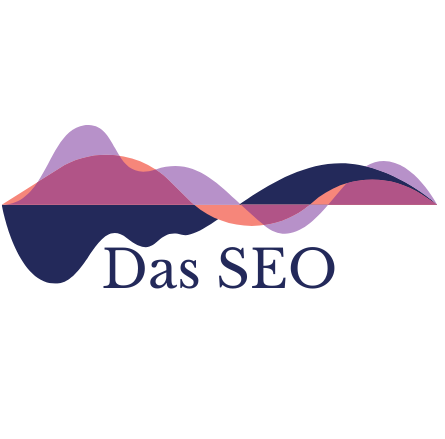- The first and the most important pillar of SEO is a comprehensive, well-written, and original content with real human experience.
- The second pillar, On-Page SEO sees if all the content has been properly formatted, links added, and properly referenced.
- The third pillar, Technical SEO sees if the website loads fast enough, takes less memory to load and the code behind the website does not create any user experience issues.
- The fourth pillar is Off-Page SEO which deals with how much social media activity, backlinks, and discussions have bene going on for your article/page/website.
Table of Contents
Content
Content is the most critical aspect of SEO because it is the bedrock on which all other SEO activities take place. A good piece of content which is professionally written, properly formatted and adequately distributed (content marketing) can beat most competitors even if its DA/DR is lesser than most pages.
There are some basic rules of creating a high quality content, some of these rules also cover Google’s EEAT guidelines.
- The content should be professionally written by an expert with direct experience on the topic. This is a part of Google’s EEAT Guidelines.
- It should be comprehensive and answer all the questions arising in the mind of the reader. This is a part of Google’s Helpful Content Guide.
- The content should not be copied wholly or partially and also should not be paraphrased from other topics.
- While using AI content, there should be a human editing or added human experience to it so that it does not become another spun off content with no added value.
- The content should be as grammatically accurate as possible. Its impossible to remove all the grammatical errors but a high degree of sanitation is necessary.
- It should not contain very low number of words. The content should be larger in appearance than most other pages on the same topic.
- The content should provide references of the sources to ensure trust of the readers.
On Page SEO
On Page SEO is the main support on which your content stands. A well formatted on-page SEO multiples all the effort placed on the content. It also boosts the power of backlinks, social media
- The keyword research should be focused on three things:
- The main topic
- The variations of the main topic (detailed subsections)
- The commonly asked questions on that topic
- Make sure your H2 headings have the core keyword while your H3 and H4 headings have long tail versions of it.
- Headings should also be properly cascaded which means there should be no orphan H3 without an H2 or an H4 without an H3 and so on.
- Ensuring links are properly placed, not crowded or too much separated. Each subheading (H2) must contain a link to relevant internal pages.
- Images must have Alt Text and Proper Captions.
- Videos must have Alt Text and Suitable Captions.
- Links should preferably open in new tab and should only be directed to trusted external sources like Wikipedia, Twitter, YouTube, top journals, top magazines, top newspapers, research papers, original sources.
- Links should never be directed to low authority sites unless they are new and owned by a trusted source.
There are more than 200 factors that we use at Das SEO. If you want a detailed explanatory session, feel free to book an appointment with us.
Off Page SEO
Off Page SEO boosts your on-page SEO by mentioning your brand out of your website. The need for off-page SEO arises because without it, your brand would be essentially in a silo and your organic rankings would be much slower than others.
With Off Page SEO, you can not only boost the visibility of your website via Social Media but you can also create links to it so that others can visit it directly from your posts. Further, with links, your website’s trustworthiness increase (EEAT).
However, backlinking is not as easy as it seems. You need to get links only from top trusted sites like:
- News
- Magazines
- Academic Journals
- Q/A Platforms – Quora, Reddit
- Social Media – Facebook, Twitter
- Blogging Platforms – Wikipedia, Blogger, Medium
- Business Listing Portals – YourStory, TrustPilot, LinkTree
You can also ask for other websites but remember only those sites which have been working in your domain (say marketing) are the ones which transfer the highest “link juice” to your site. Even among them, do follow links have the highest value and no follow links have lower value.
Technical SEO
Technical SEO takes care of all the technical aspects of your website like loading speed, image rendering, video playback, site security, content delivery and many other things.
These things matter very much in SEO because a good reading/browsing experience critically depends on the ease of navigation on your website. This is the same reason why React and WordPress are so popular in the blogging space.
We have seen several websites gain ranking just because they fixed their image loading, or their website load speed.
Each technical SEO error needs its own set of solutions. Here are the most common problems and their fixes.
- Slow Load Speed
- Solution 1: Optimize image formats, prefer WebP or Avif than JPG and PNG.
- Solution 2: Use Content Delivery Networks like CDN Cloudflare.
- Solution 3: Eliminate unnecessary code on homepage.
- Cumulative Layer Shift
- Solution: Minimize the number of dynamic elements on website such as as auto scroll galleries, auto play promo videos, and typical sliders.
